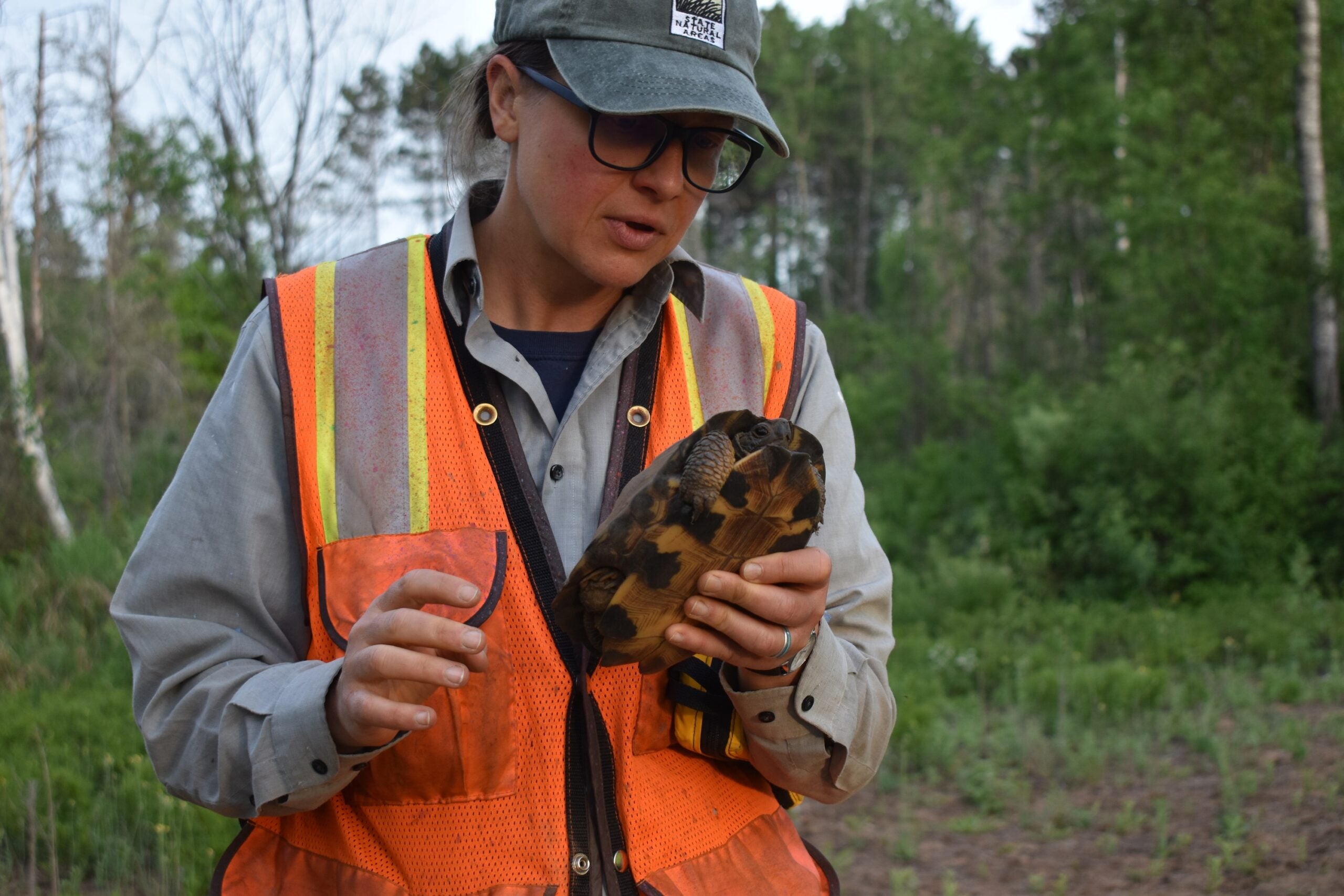If you own a house, it’s wise to keep up with home repair and improvement. Larry Meiller learns about different types of siding, and how to know which is right for your home.
Featured in this Show
-
Proper Installation Of Siding Is Key To A Home’s Health
Siding is one of those things that we tend to take for granted until something goes wrong. But it’s really the “skin” of your house, and it plays an important role in preventing damage from moisture, and helps to regulate the indoor temperature and comfort of your home.
While there have been many developments in siding technology over the years, in many ways, the old standby – wood – is still a great choice. It will last for many years as long as some precautions and maintenance are addressed. A century ago, wood siding was installed over uninsulated walls, so moisture was able to travel easily and quickly through them without causing damage. Tar paper was used as the moisture barrier at that time. According to Ken Adams of Adams Design Construction in Madison, it was when insulation became standard that the trouble began. In that case, without a vapor barrier like tar paper, moisture caused problems, including with the paint on the siding.
Today, instead of tar paper, they use a rain screen system. It’s a different kind of technology that extends the life of all kinds of siding, wood included. It is similar to a screen on a door or window. A little rain will get through a window screen, but as long as you have a way to get rid of it, it isn’t a problem. With siding, if moisture gets through the siding but is trapped by a vapor barrier, that is a perfect climate for mold to grow. A rain screen system on your siding provides a way for moisture to be directed back away from the walls.
John Freiburger of Freiburger and Associates in Fitchburg agrees that wood is a great siding material as long as care is taken when installing it and in maintaining it. “Houses are living things, and they have evolved, and we need to evolve” in how we care for it.
But like everything, if it isn’t installed properly, it won’t work as it should. Freiburger recommends downloading the installation instructions for the product you are using and making several copies. Give the contractor a copy while keeping one for yourself. And let them know that you’ll be checking their work against the manufacturer’s guidelines.
It may feel uncomfortable to take that role with the people that you’ve hired as the experts, but Freiburger warns that both he and Adams have seen siding last a small fraction of what its life should be because of incorrect installation. Not only that, if the product is not installed according to the manufacturer’s specifications, that can void the warranty. So you’ll be out of luck if the materials fail. Freiburger suggests writing adherence to those manufacturer directions right into your contract.
During the life of your siding, it’s important to keep an eye out for problems. Water entry into the house can indicate issues with the siding. It may mean that the flashing was poorly installed or that there is an inadequate water barrier. Freiburger reiterates that before siding is installed, the house must be watertight. Another cause of leaking can be improper use of vinyl siding. That product is not designed for use higher up on a building because there needs to be a space behind it, and that means a risk of wind damage.
Many homeowners want the best product for their home, but are also concerned about the environmental impact. Freiburger says that for several reasons, wood siding is still the best in that area. “It grows on trees, it has a tremendously long life, the embedded energy is low, and if we apply it correctly, it can last literally for five hundred years.” Other materials have to be manufactured, and as a result, have a higher embedded energy cost. Plus, they likely contain petrochemicals. To date, non-wood siding has not been shown to last as long as wood, although there is hope that cement board may have that potential.
When you’re looking for a contractor to hire for this, or any type of home improvement project, be cautious. The National Association of the Remodeling Industry (NARI) has some great advice for choosing a trustworthy contractor. They share warning signs to pay attention to, suggested questions for reference checks, and what to ask the contractor him/herself during an initial interview.
Episode Credits
- John Freiburger Guest
- Ken Adams Guest
Wisconsin Public Radio, © Copyright 2024, Board of Regents of the University of Wisconsin System and Wisconsin Educational Communications Board.




